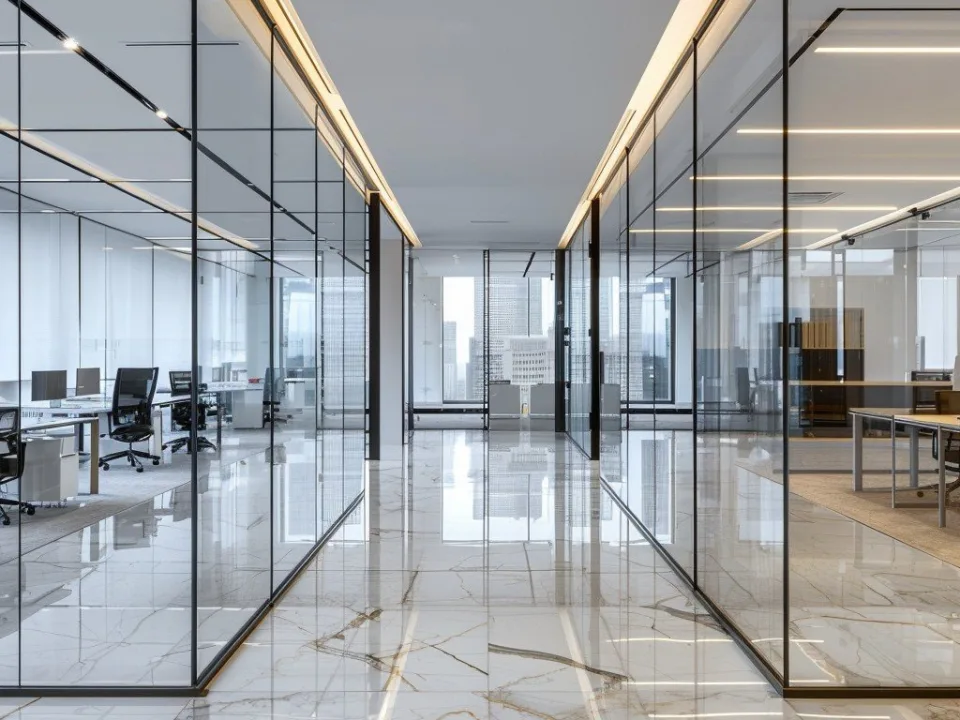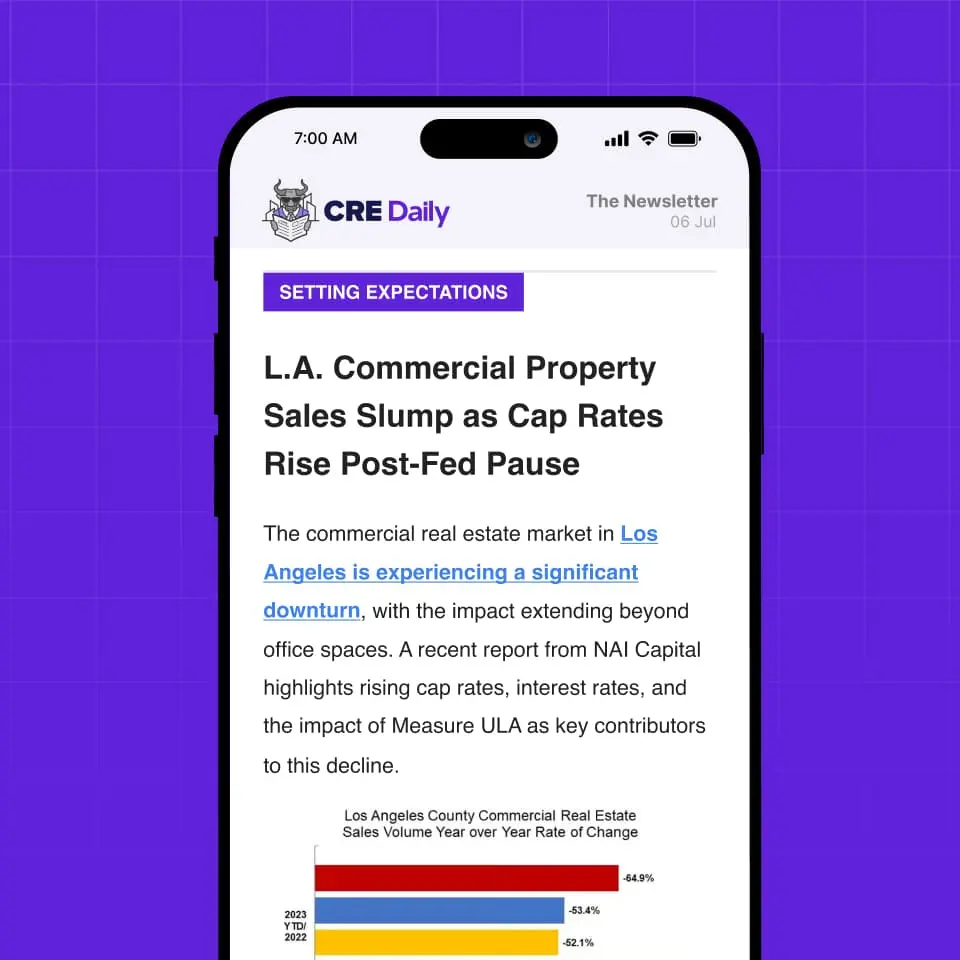- The retail inventory method (RIM) may overstate profitability in the short term, as it doesn’t fully capture immediate cost increases from tariffs.
- Companies using RIM, including Walmart, Target, and Home Depot, may report stronger margins than reality suggests—at least temporarily—due to how the method averages costs.
- It can take 2–4 quarters for true profit impacts to show under RIM, making earnings appear disconnected from real-time economic conditions.
A Tariff-Driven Accounting Quirk
As President Trump’s tariffs on imported goods take effect, retailers are facing rising costs—and some financials may not reflect that pain just yet. That’s largely due to an accounting method called the retail inventory method (RIM), used by roughly a quarter of US retailers, reports CNBC.
Companies like Walmart, Target, and Home Depot use RIM, which averages out cost increases across broad inventory groups rather than reflecting SKU-level changes. As a result, gross margins may appear healthier than they truly are during periods of cost volatility.
Get Smarter about what matters in CRE
Stay ahead of trends in commercial real estate with CRE Daily – the free newsletter delivering everything you need to start your day in just 5-minutes
Temporary Margin Inflation
Ali Furman of PwC explains that RIM is slower to reflect new cost pressures, making profits look temporarily inflated when tariffs spike. Over time, as higher-cost inventory filters through the system, profitability will normalize—potentially even dip.
Analysts expect this effect to play out in the upcoming earnings reports. For instance, about half of Walmart’s quarter includes inventory affected by new tariff rates, which may skew margin visibility.
Case In Point: Walmart
Walmart’s management even briefed President Trump this spring on how RIM could obscure the near-term effects of tariffs. When tariffs were first announced in April, Walmart withdrew its quarterly operating income guidance—though it held on to its annual forecast, citing accounting complexity.
By May, Walmart acknowledged the need to raise prices to offset costs. Trump responded by urging the retailer to simply “eat” the tariffs—something that might help the bottom line temporarily under RIM.
How RIM Works—And Why It Distorts
RIM relies on average cost-to-retail price ratios, which softens the blow of rising costs. It also means retailers may look more profitable when tariffs go up—or less profitable when tariffs are reduced and prices are adjusted downward.
For example, PwC’s modeling shows:
- Without tariffs: RIM gross margin = 53% vs. 46% using weighted average cost accounting (WAC).
- With tariff hikes and no price change: Margins fall under both methods, but RIM still shows higher profitability.
- With higher prices and lower sales volumes: RIM may still show flat or improved margins, while WAC shows deterioration.
The discrepancy occurs because RIM lags behind in matching current costs to selling prices. As one expert put it, it’s like comparing a cruise ship to a speed boat—both turn, but one takes longer.
Why RIM Persists
Originally designed for an era before digital inventory tracking, RIM still survives due to legacy systems and switching costs. Moving to a more precise method like cost accounting can take 2–3 years and require restating past financials—costing millions.
Retailers like Macy’s and Nordstrom have recently made the shift, but most continue with RIM due to its institutional inertia.
The Bottom Line
With tariffs in flux and input costs rising, accounting method matters. RIM can distort how tariffs impact financials, delaying true cost recognition and creating misleading profit signals.
As earnings roll in from major retailers, analysts and investors would do well to read between the accounting lines.
What’s Next
Tariff policy remains unpredictable. As a result, more companies are expected to reconsider legacy accounting practices. Investors and policymakers are also likely to increase scrutiny as they seek greater transparency during this period of economic uncertainty.

















